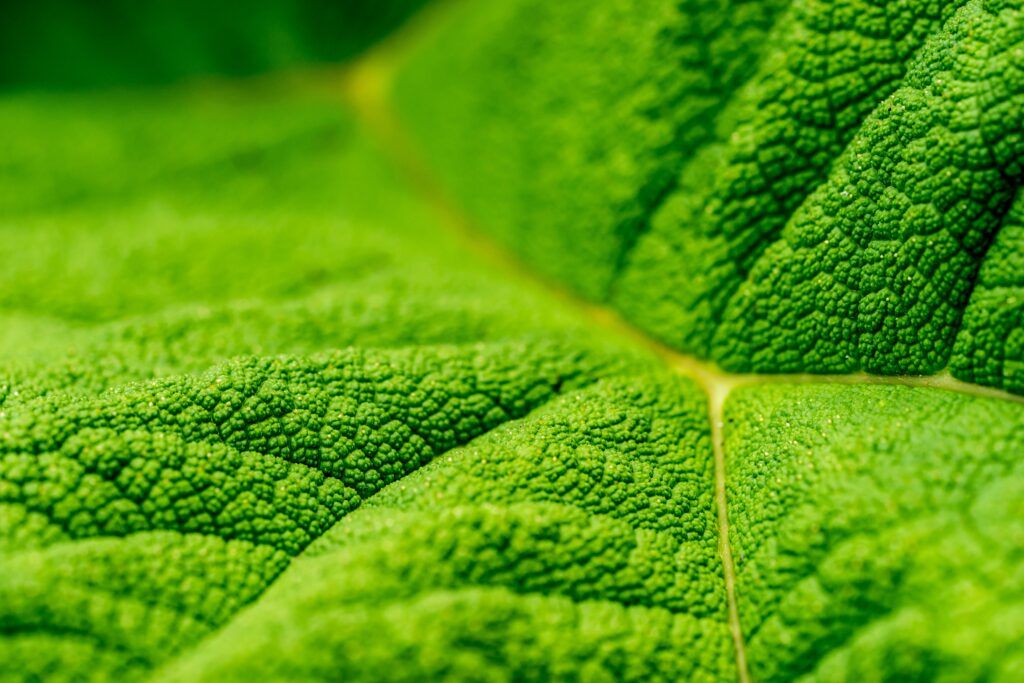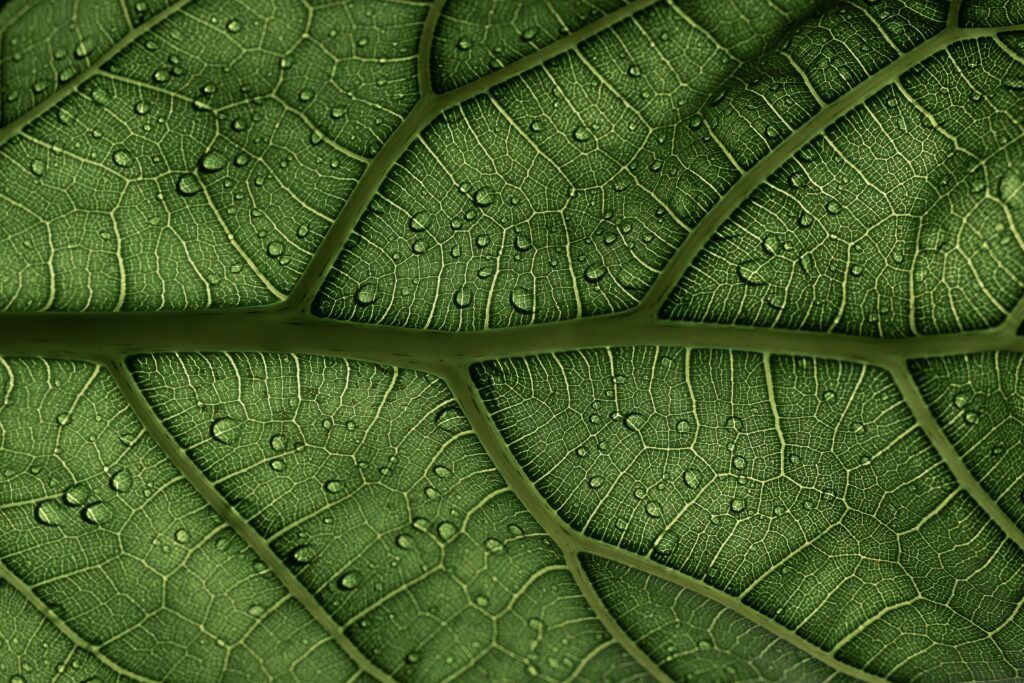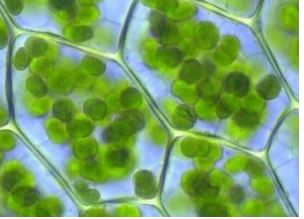Actually you know, what is photosynthesis?

Photosynthesis is a vital and central process in the biosphere due to multiple reasons, the first and most obvious is that it produces oxygen (O2), an essential gas for respiration in both water and air. Without plants, most living things (including humans) simply could not survive.

On the other hand, by absorbing it from the environment that surrounds them, plants fix carbon dioxide (CO2) converting it into organic matter. This gas, which we exhale when breathing, is potentially toxic if it is not kept within certain limits, because plants use carbon dioxide to make their own food, the decrease in plant life on the planet affects the increase in this gas into the atmosphere, where it functions as a global warming agent. For example, CO2 acts as a greenhouse gas, preventing excess heat reaching Earth from being transmitted out of the atmosphere.
To carry out photosynthesis, the presence of chlorophyll is required, a pigment sensitive to sunlight, which gives plants and algae their characteristic green coloration. This pigment is found in chloroplasts, cell organelles of various sizes. size that are typical of plant cells, especially foliar cells (of the leaves). Chloroplasts contain a set of proteins and enzymes that allow the development of the complex reactions that are part of the photosynthetic process.

Two types of photosynthesis can be distinguished, depending on the substances used by the organism to carry out the reaction:
Oxygenic photosynthesis is characterized by the use of water (H2O) for the reduction of the carbon dioxide (CO2) consumed. In this type of photosynthesis, not only are useful sugars produced for the organism, but oxygen (O2) is also obtained as a product of the reaction. Plants, algae, and cyanobacteria carry out oxygenic photosynthesis.
Anoxygenic photosynthesis, the organism does not use water for the reduction of carbon dioxide (CO2), but takes advantage of sunlight to break down molecules of hydrogen sulfide (H2S) or hydrogen gas (H2). This type of photosynthesis does not produce oxygen (O2) and, instead, releases sulfur as a product of the reaction. Anoxygenic photosynthesis is carried out by the so-called green and purple sulfur bacteria, which contain photosynthetic pigments grouped under the name of bacteriochlorophylls, which are different from the chlorophyll of plants.
What do you think if we do the following practice together? Let’s see how plants carry out the process of photosynthesis!





Responses